Nestled in the heart of Tampa, Florida, Ybor City stands as a living testament to the rich history and cultural significance of the cigar industry. From its humble beginnings in the late 19th century to its present-day charm, this vibrant neighborhood has played an instrumental role in shaping the cigar industry in the United States. Join us as we embark on a journey through time, exploring the captivating history and enduring legacy of Ybor City.
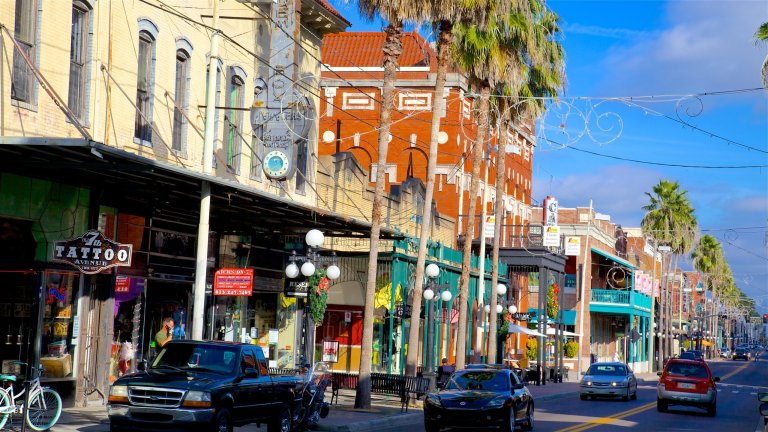
Birth of a Cigar Empire
The story of Ybor City begins with a man named Vicente Martinez-Ybor, a Spanish immigrant and visionary entrepreneur. In 1885, Ybor recognized the potential of the region’s fertile soil and favorable climate for growing tobacco. He chose Tampa as the perfect location to establish a cigar manufacturing hub, attracting a diverse workforce from various corners of the world.
Ybor City became a melting pot of cultures, with immigrants from Cuba, Spain, Italy, and Germany, among others, converging to contribute their unique skills and traditions to the burgeoning cigar industry. Cigar factories lined the streets, and the scent of tobacco wafted through the air, earning Ybor City the nickname “Cigar Capital of the World.”
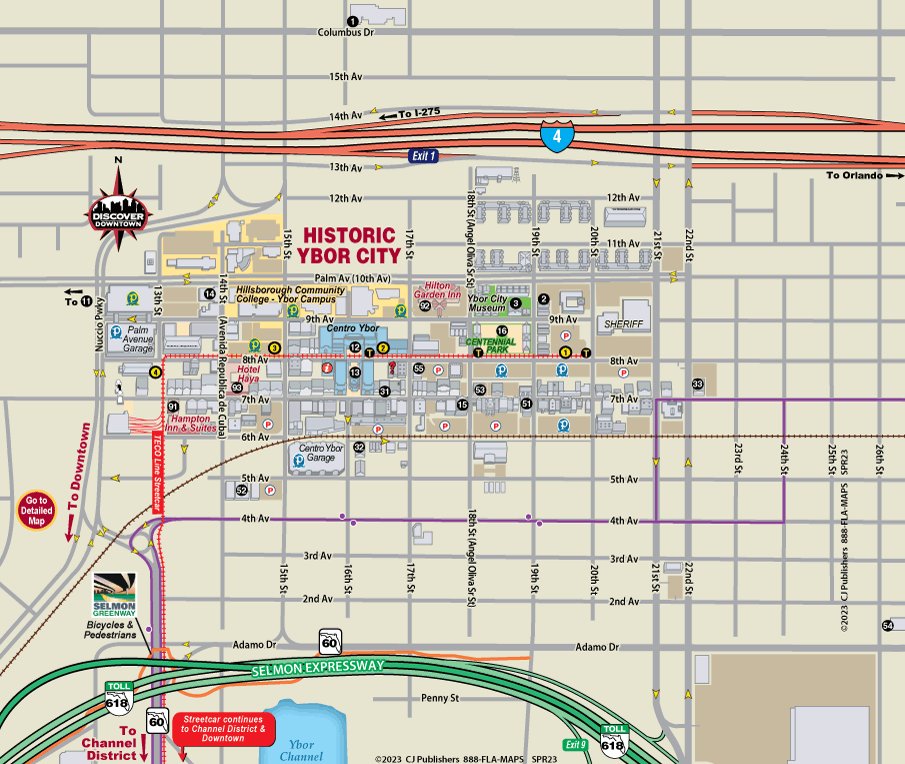
Cultural Fusion and Labor Struggles
As the cigar industry flourished, Ybor City became a vibrant cultural mosaic, reflecting the diverse backgrounds of its inhabitants. The strong Cuban influence was particularly prominent, with cafés, social clubs, and mutual aid societies springing up, providing a sense of community and support for the workers.
However, it was not all smooth sailing. The working conditions in the factories were often harsh, and labor disputes were common. Ybor City became a hotbed of activism, with cigar workers organizing strikes and protests to fight for fair wages and improved working conditions. These struggles paved the way for significant labor reforms and worker rights advancements in the cigar industry.
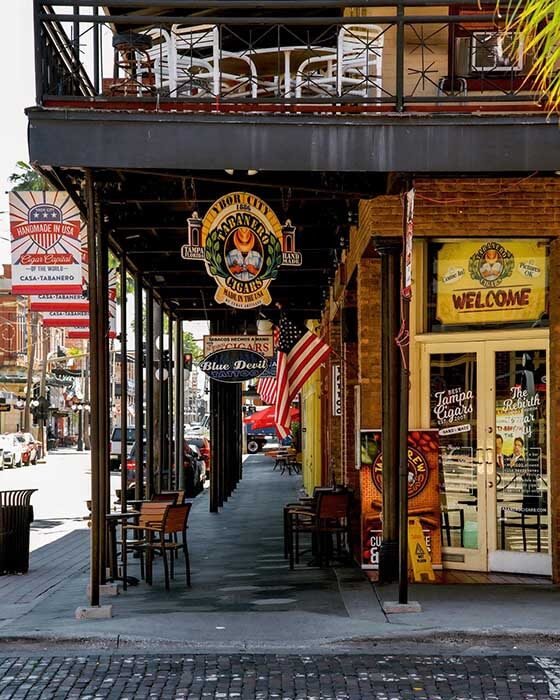
The Decline and Renaissance
In the early 20th century, the cigar industry in Ybor City faced several challenges, including the Great Depression, the rise of mechanization, and the Cuban embargo. These factors led to a decline in production and a shift of cigar manufacturing to other regions. The neighborhood fell into disrepair, and many historic buildings were left abandoned.
However, in the 1980s, Ybor City experienced a renaissance. Efforts were made to revitalize the neighborhood and preserve its unique heritage. Historic structures were renovated, transforming former cigar factories into shops, restaurants, and entertainment venues. Ybor City regained its vibrant atmosphere, attracting tourists and locals alike who sought to immerse themselves in the rich history and cultural tapestry of the area.
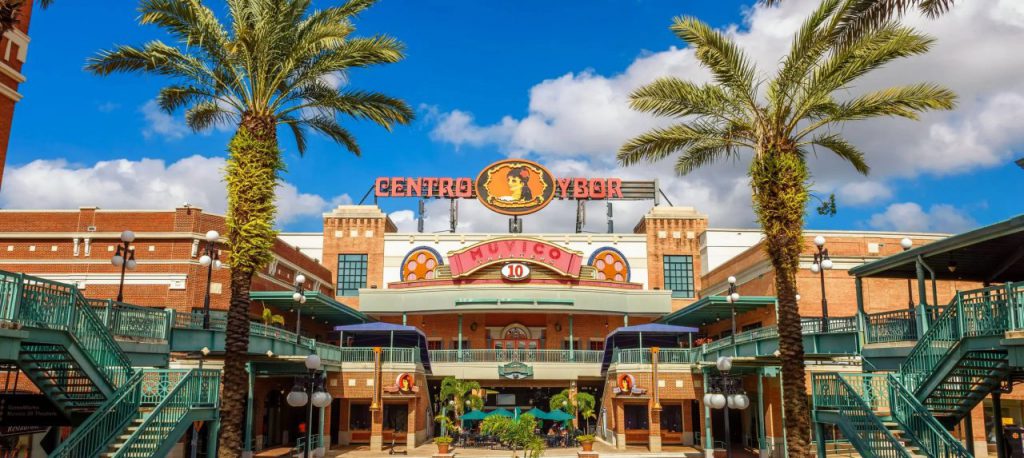
Ybor City Today
Today, Ybor City stands as a National Historic Landmark District, captivating visitors with its unique blend of history, art, and entertainment. The brick-lined streets are adorned with colorful buildings, adorned balconies, and iconic landmarks like the Centro Ybor and the Ybor City Museum State Park.
Cigar enthusiasts can explore the neighborhood’s many cigar shops, some of which continue to hand-roll cigars using traditional methods. Visitors can witness the intricate craftsmanship firsthand and savor the aromas of premium tobacco. The annual Ybor City Cigar Festival celebrates the legacy of the cigar industry, offering a vibrant showcase of cigar culture, live music, and flavorful cuisine.
Beyond cigars, Ybor City embraces a lively nightlife scene, with an array of bars, clubs, and live music venues, making it a must-visit destination for those seeking a taste of Tampa’s vibrant culture.
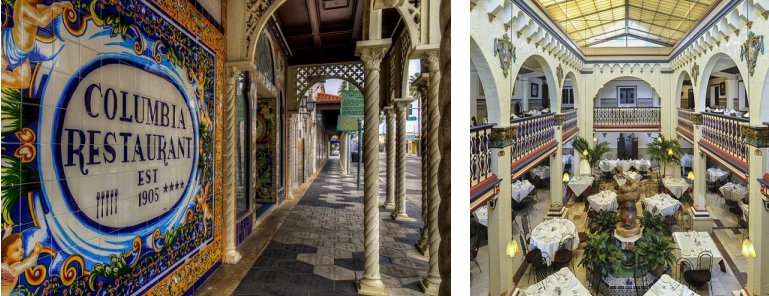
Conclusion
Ybor City remains an enduring symbol of the cigar industry’s history and cultural significance in the United States. From its humble beginnings as a cigar manufacturing hub to its present-day allure